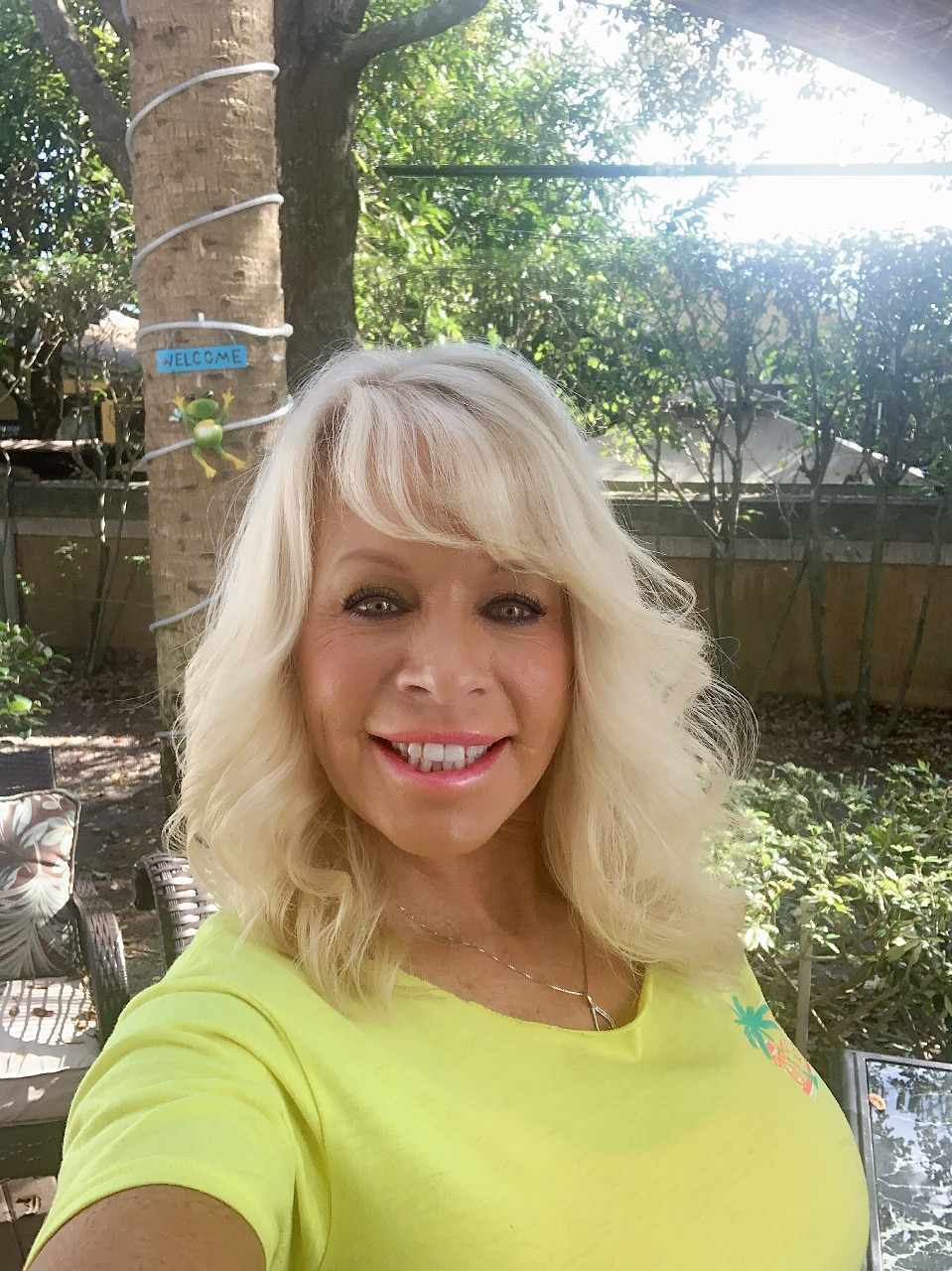
At The Lomilomi and Native Massage of Oceania, edited by Diana Kerr, the contributors to the book bring together countless knowledge and creativity to present an original perspective about the healing ability of lomilomi. The publication includes essays that explore the history of lomi-lomi, the doctrine behind it, the practice of lomi-lomi, the healing powers of the shell and also the tradition of the therapeutic massage. Illustrations and photographs support the text and add to its visual appeal. The editors provide a variety of readings, each focusing on a remedy or a spiritual aim.
The book consists of Hawaiian curing ceremonies that focus on the importance of the artwork of lomi-lomi. It describes the symbolic meaning behind each ritual, including the association between sunlight and the entire body. The examples include a shaman at a heal trance, and also the sacred lotus flower. The editors also describe the many kinds of lomi-lomi and supply examples of each one, for instance, specific therapeutic outcomes and reasons for using each one.
The usage of lomi-lomi in Hawaiian cultural and religious rituals is documented throughout the book. Examples are a leisiperrimo (traditional way) ceremony, in which guests receive a loofah soaked in green soap and also wrapped in a sarong; and hale po’e (hygiene and cleanliness in early times), where guests bathe in warm water from a rock basin called a hale po’e. Illustrations show the tools and utensils used during these rituals and describe their importance. The book finishes with an introduction to the healing properties of lomi-lomi.
In his introduction, Dr. Morris describes the history of the custom of lomi-lomi and clarifies the advantages of this ancient technique. He includes an account of the source of lomi-lomi and its own meaning in Hawaiian culture and clarifies using the sacred lotus blossom and its symbolism in lomi-lomi and other Hawaiian massage treatments. While it’s been argued that the lotus is really a creation of the Oriental, Dr. Morris provides archaeological evidence supporting his argument. He describes the many forms of lomi-lomi, which include the normal techniques of Hawaiian massage, and describes each technique in terrific detail.
1 chapter focuses on the usage of Oahu massage at Hawaii. Dr. Morris explains the 2 types of Oahu massage, one utilized by the tourists and the other performed by therapists at the state college and private practices. The descriptions are more detailed and illustrative and cover the critical places, like the spine, shoulder, neck, arms, and face. Examples of the descriptions of processes include putting the palms in the center, using the pliers to invigorate the nostrils, rolling the ankle and rubbing the thighs, using pressure to the navel, applying pressure to the stomach as well as also the groin, applying pressure to the lower back, holding the knee at the fist, hands coordination and twisting. Each chapter ends with a short description of this technique as well as the advantages related to each .
화성출장 Another important aspect of the book is the massage therapist’s guide. Here is a short work detailing the appropriate way to do lomi-lomi along with other Hawaiian massage methods. It includes how to acquire a customer and where to go for massage therapy through the day and through the night. Additionally, it includes important information regarding pricing and what to utilize should you opt to be a massage therapist. The book includes photos and a table of contents, making it a very simple to browse workbook.
Lomilomi and Native Care of Oceania are a very comprehensive manual that covers every area of traditional massage therapy. Even though nearly all the book is composed in English, there are numerous pages which were translated into several languages, especially Italian and Thai. Additionally, there are several pages that have been specially created to correspond with the different massage therapies contained in the publication. These contain an introduction to the meaning of body consciousness, the various kinds of massage treatment practiced in Hawaii and Oceania, descriptions of many types of hand placements used, and the use of flower therapy. The book also contains several pages which explain the foundation of the craft of Hawaiian massage along with the source of lomilomi.
The very best portion of this book, nevertheless, is that the bonus chapters which Lomilomi and Native American massage therapists could get as members of this online Registry. They include brief biographies of those massage therapists, who subsequently take some time to write a concise paragraph on themselves. All of these bonus features make Lomilomi and Native massage therapy a distinctive and valuable resource. So as to be a member of this Registry, though, a person has to pay a one-time registration fee. This little fee enables the person access to the webpages which include information not just concerning Lomilomi and Native American massage therapists but also about massage therapy in general.